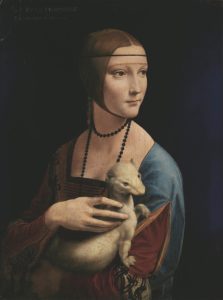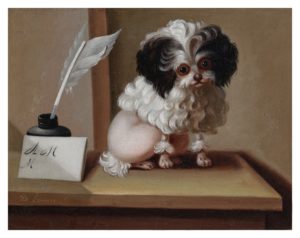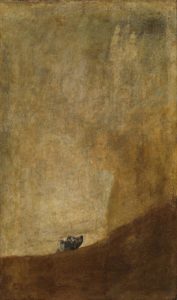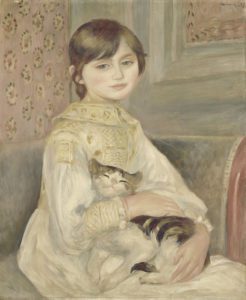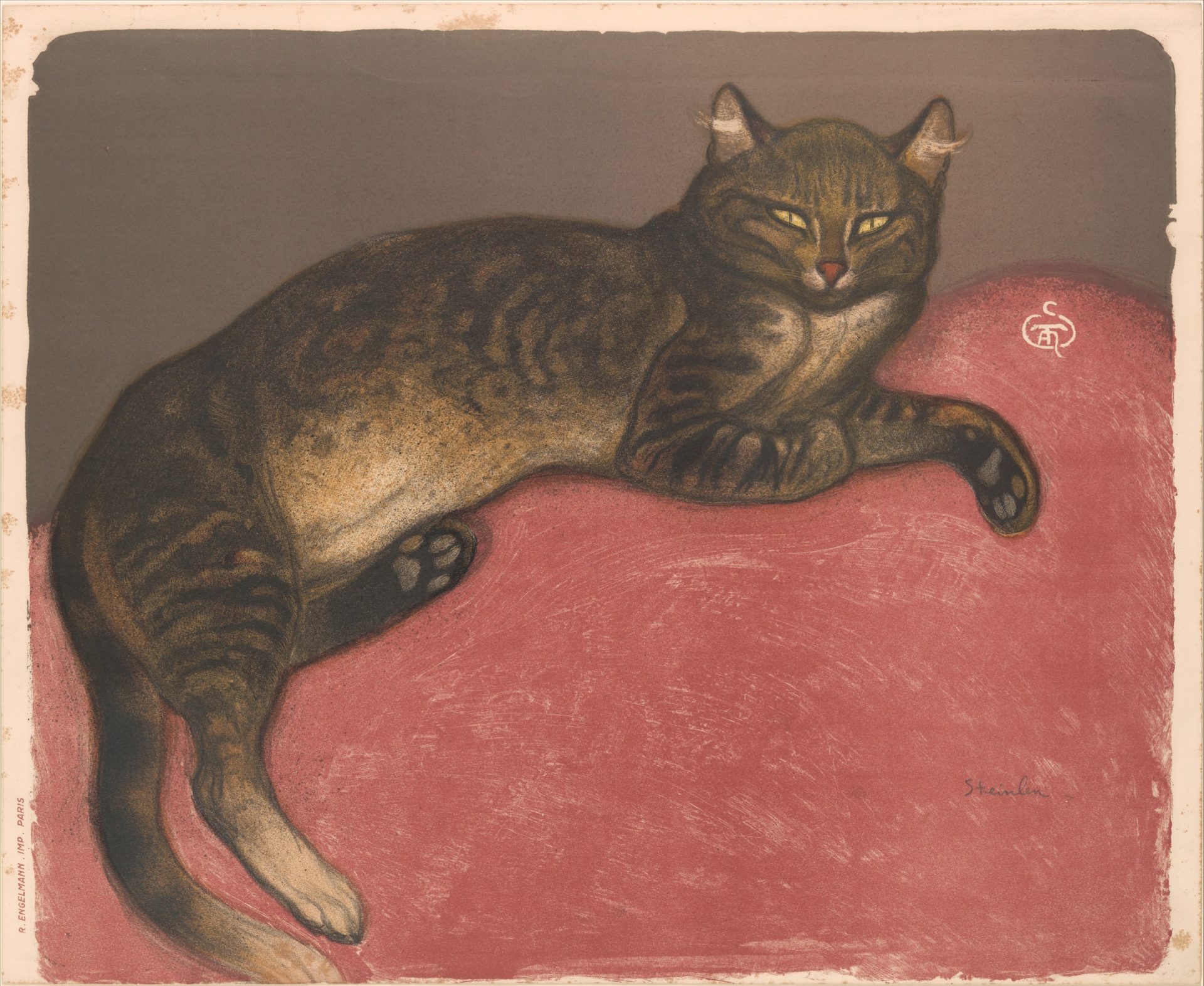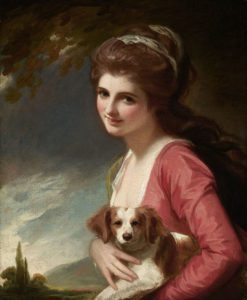“The Lady with an Ermine” by Leonardo da Vinci stands as a monumental testament to the beauty of companionship between humans and animals. Painted around 1489-1490, this masterpiece not only showcases da Vinci’s unparalleled skill in capturing the essence of life but also immortalizes the profound bond shared between Cecilia Gallerani, the young woman depicted, and her ermine. This article delves into the layers of love, loyalty, and the timeless beauty encapsulated within this iconic painting, offering insights into why it continues to resonate with art lovers and animal enthusiasts alike.
The Story Behind the Canvas
“The Lady with an Ermine” is more than a portrait; it’s a narrative woven in oil on wood, telling the tale of Cecilia Gallerani, the mistress of Ludovico Sforza, Duke of Milan. The painting is lauded for its revolutionary portrayal of a subject in a three-quarter pose, a departure from the profile views predominant in portraits of the era. Yet, beyond the technical brilliance, it’s the presence of the ermine, cradled gently in Cecilia’s arms, that introduces a layer of emotional depth and symbolic complexity to the artwork.
A Symbol of Purity and Protection
The ermine, a creature admired for its snow-white fur in winter, was a symbol of purity and honor in the Renaissance. Its inclusion in the portrait of Gallerani, known for her beauty and intelligence, may also hint at her character, seen as unblemished and worthy of admiration. Leonardo’s choice to depict the ermine in Cecilia’s embrace speaks volumes about her personal virtues and possibly her relationship with Ludovico Sforza, whose personal emblem was also an ermine.
An Emotional Resonance
What makes “The Lady with an Ermine” so captivating is the evident care and attention Leonardo devoted to capturing the connection between Cecilia and the ermine. The animal is portrayed with a level of detail and sensitivity that suggests movement and life, a testament to Leonardo’s keen observation and understanding of the natural world. This dynamic portrayal, combined with Cecilia’s serene yet attentive expression, creates a scene of mutual respect and affection, highlighting the timeless nature of human-animal relationships.
A Masterpiece of Light and Shadow
Leonardo’s use of chiaroscuro, the technique of using strong contrasts between light and dark, breathes life into the portrait, giving it a three-dimensional quality that was revolutionary at the time. The delicate play of light across Cecilia’s face, juxtaposed with the shadowed figure of the ermine, emphasizes the emotional depth of the portrait. This interplay of light and shadow not only accentuates the physical beauty of the subjects but also symbolizes the complexity of human emotions and the purity of their bond.
Enduring Legacy
Today, “The Lady with an Ermine” remains a pivotal piece in the discourse on the representation of animals in art. It serves as a reminder of the depth of connection that can exist between humans and animals, transcending time and cultural boundaries. For art enthusiasts and animal lovers alike, the painting is a source of inspiration, a call to view our furry, feathered, or scaled companions not just as pets, but as beings capable of deep emotional bonds.
Conclusion: A Mirror to Our Souls
Leonardo da Vinci’s “The Lady with an Ermine” continues to enchant and inspire, a mirror reflecting the enduring love and loyalty that binds us to our non-human companions. In this masterpiece, we find a shared spirit of compassion, a celebration of life’s delicate beauty, and a poignant reminder of the depth of our connections with the animal world. It is a portrait that, beyond its aesthetic and historical significance, teaches us about the essence of companionship and the timeless nature of the love we share with our animal friends.


